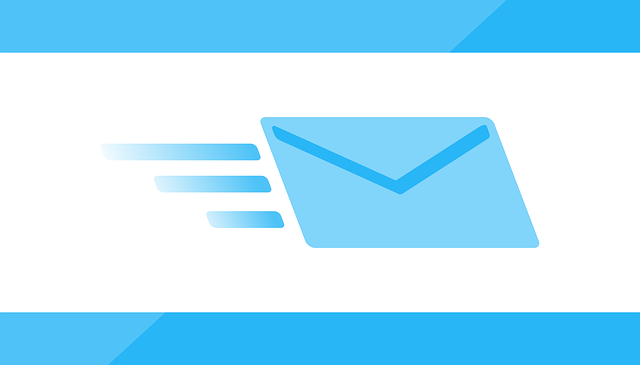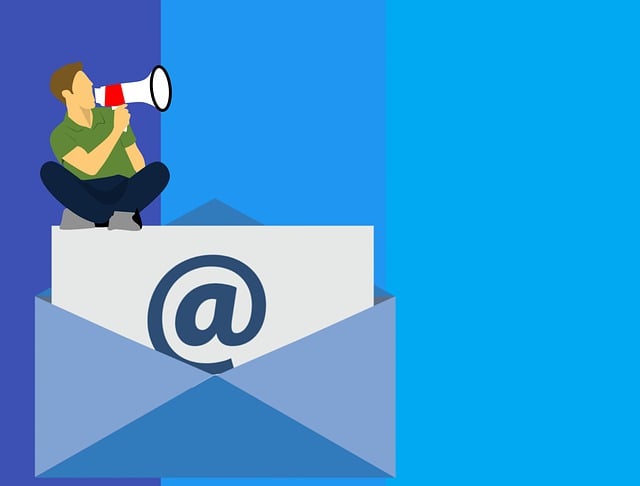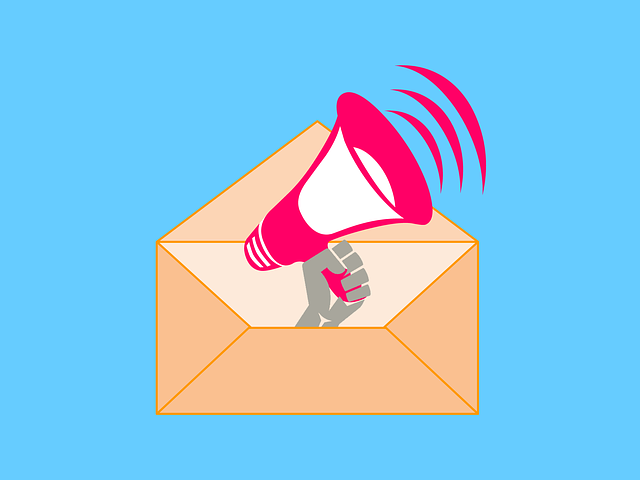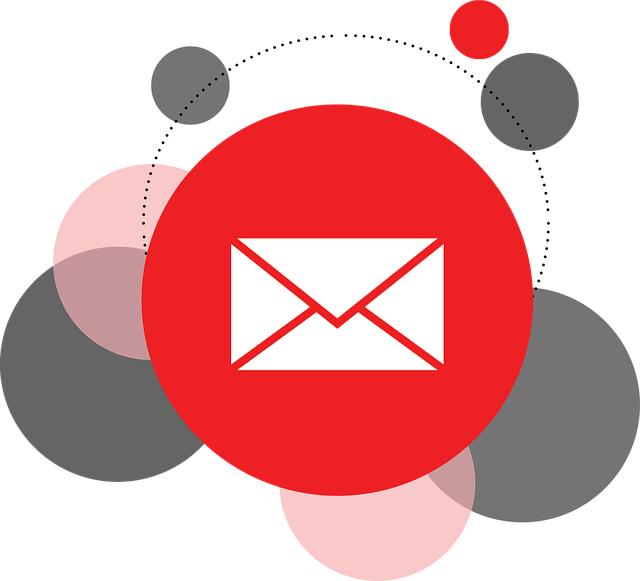Imagine email marketing as a race car, speeding towards its destination with precision and efficiency. Now, imagine having a dashboard that not only shows you how fast you’re going, but also provides insights into every turn, every pit stop, and every rival on the track.
That’s the future of email marketing metrics – a powerful tool that will revolutionize the way you drive your email campaigns.
In this article, we will explore the trends and predictions that will shape the future of email marketing metrics. From the rise of personalization to the impact of mobile optimization, from the role of artificial intelligence to the importance of email deliverability, and from the power of data analytics to the integration of email marketing with other channels, we will delve into the key drivers that will propel your email marketing efforts forward.
Get ready to take the wheel and steer your email campaigns towards unprecedented success. Buckle up, because the future of email marketing metrics is here, and it’s going to be one exhilarating ride.
Key Takeaways
- Personalization is a key trend in email marketing, with personalized subject lines increasing open rates by 26%.
- Mobile optimization is crucial, as 68% of email opens occur on smartphones. Simplifying layouts, using responsive templates, and optimizing subject lines are important considerations.
- Artificial intelligence (AI) is revolutionizing email marketing by enabling automated campaigns, personalized product recommendations, and predictive analytics.
- Automated email campaigns and workflows offer numerous benefits, including increased efficiency, improved customer experience, higher conversion rates, better lead nurturing, and enhanced measurement and optimization.
The Rise of Personalization in Email Marketing
Are you ready to take your email marketing to the next level with the power of personalization? Personalization strategies for email marketing campaigns have become increasingly important in recent years, as businesses strive to connect with their audience on a deeper level.
One of the key areas of focus has been personalized subject lines, which have shown to have a significant impact on email open rates and click-through rates. According to a study by Experian, personalized subject lines can increase open rates by 26%. This highlights the importance of tailoring your messages to the individual recipient.
By leveraging personalization techniques, you can create a more engaging and relevant email experience for your subscribers.
Now, let’s dive into the impact of mobile optimization on email marketing.
The Impact of Mobile Optimization
Optimize your email campaigns for mobile devices to increase engagement and conversions. Did you know that according to a recent study, 68% of email opens occur on smartphones? To ensure mobile responsiveness, make sure your email design is clean and easy to navigate. Here are three key considerations:
-
Simplify your layout: Keep your email design concise and avoid clutter. Use a single-column layout and larger fonts to improve readability on smaller screens.
-
Use responsive templates: Choose email templates that automatically adjust to different screen sizes. This will ensure your emails look great on any device.
-
Optimize your subject lines: Mobile screens have limited space, so make sure your subject lines are short and attention-grabbing. Use actionable language and personalization to increase open rates.
Now, let’s explore the role of artificial intelligence in email marketing.
The Role of Artificial Intelligence in Email Marketing
In this discussion, you’ll explore the role of artificial intelligence (AI) in email marketing. There are three key points to focus on.
First, AI enables automated email campaigns and workflows, allowing you to streamline and personalize your communication with customers.
Second, AI can generate personalized product recommendations based on customer behavior and preferences. This increases the likelihood of conversion.
Lastly, AI-powered predictive analytics can help you anticipate customer needs and behaviors. This enables you to optimize your email marketing strategies for better results.
Automated email campaigns and workflows
One of the most effective ways to engage customers and drive conversions is through automated email campaigns and workflows. By utilizing automated email segmentation, you can target specific customer segments based on their behaviors and preferences. This allows you to deliver personalized email content that resonates with each individual, increasing the chances of them taking the desired action.
Here are five benefits of implementing automated email campaigns and workflows:
-
Increased efficiency: With automation, you can save time and resources by setting up workflows that send relevant emails based on triggers or actions taken by the customer.
-
Improved customer experience: By delivering personalized content, you can create a more tailored experience for your customers, increasing their satisfaction and loyalty.
-
Higher conversion rates: Personalized emails have been shown to have higher open and click-through rates, leading to increased conversions and revenue.
-
Better lead nurturing: Automated campaigns can help you nurture leads by sending timely and relevant content, guiding them through the sales funnel.
-
Enhanced measurement and optimization: With automated workflows, you can track and measure the performance of your email campaigns, allowing you to make data-driven decisions and optimize your strategies for better results.
In the next section, we’ll explore the power of personalized product recommendations and predictive analytics.
Personalized product recommendations and predictive analytics
Discover how personalized product recommendations and predictive analytics can revolutionize your customer experience and boost your sales. By leveraging personalized email campaigns and a predictive analytics framework, you can deliver targeted content and recommendations that resonate with your customers. This approach allows you to create a unique and tailored experience for each individual, increasing engagement and driving conversions.
To illustrate the power of personalized product recommendations and predictive analytics, consider the following table:
| Customer | Previous Purchases | Predicted Recommendations |
|---|---|---|
| John | Laptop, Headphones | Smartphone, Tablet |
| Sarah | Dress, Shoes | Handbag, Necklace |
| Mike | Camera, Tripod | Lens, Camera Bag |
| Emily | Book, E-reader | E-book Subscription |
| Alex | Gaming Console | Game, Controller |
As you can see, by analyzing customer data and applying predictive algorithms, you can anticipate their needs and recommend products they are likely to be interested in. This level of personalization not only improves customer satisfaction but also drives revenue for your business.
Now, let’s explore the importance of email deliverability and how it impacts the success of your email marketing campaigns.
The Importance of Email Deliverability
Furthermore, ensuring optimal email deliverability is of utmost importance in order to maximize the effectiveness of email marketing campaigns.
Email reputation plays a crucial role in determining whether your emails reach the recipient’s inbox or get flagged as spam. Maintaining a positive email reputation requires following best practices, such as using double opt-in methods and regularly cleaning your email list.
Additionally, inbox placement is another key metric to monitor, as it measures the percentage of emails that actually land in the recipient’s inbox. High inbox placement rates indicate that your emails are being delivered successfully and are more likely to be seen by your audience.
By focusing on email deliverability, you can improve the chances of your emails reaching the intended recipients and increase the overall success of your email marketing efforts.
Moving on to the next section about ‘the power of data analytics and reporting’, email deliverability data can provide valuable insights into the effectiveness of your campaigns.
The Power of Data Analytics and Reporting
When it comes to email marketing, tracking and analyzing key metrics such as open rates, click-through rates, and conversions is crucial.
By understanding how your audience is engaging with your emails, you can make data-driven decisions to optimize your campaigns and drive better results.
A/B testing is another powerful tool that allows you to experiment with different email elements and messaging to determine what resonates best with your subscribers, ultimately improving email performance and driving higher conversion rates.
Tracking and analyzing email open rates, click-through rates, and conversions
Imagine a world where email open rates, click-through rates, and conversions are like a compass, guiding marketers through the vast ocean of data, helping them navigate towards the treasure trove of customer engagement.
To achieve this, email segmentation strategies have become crucial for targeting the right audience with personalized content. By segmenting subscribers based on demographics, behavior, or preferences, marketers can tailor their messages to specific groups, resulting in higher open rates and click-through rates.
Additionally, tracking email marketing benchmarks allows marketers to compare their performance against industry standards, giving them a clear understanding of how their campaigns are performing. Armed with this data, marketers can make informed decisions to optimize their email performance.
Transitioning to the next section, A/B testing is another valuable tool in the quest for email marketing success.
Using A/B testing to optimize email performance
To truly unlock the potential of your email campaigns, harness the power of A/B testing to fine-tune your strategies and maximize engagement.
Email segmentation strategies play a crucial role in A/B testing, allowing you to send different versions of your emails to specific segments of your audience. By comparing the performance of these variations, you can identify the most effective elements, such as subject lines, call-to-action buttons, or email content.
Additionally, email design best practices should also be considered during A/B testing. Test different layouts, colors, and fonts to determine what resonates best with your subscribers.
By continuously running A/B tests, you can optimize your email performance, leading to higher open rates, click-through rates, and conversions.
As you explore the integration of email marketing with other channels, A/B testing will serve as a valuable foundation for refining your strategies.
The Integration of Email Marketing with Other Channels
If you want to maximize the impact of your email marketing efforts, it’s essential to integrate them with other channels like social media and content marketing.
By combining email marketing with social media, you can reach a wider audience and increase brand visibility.
Additionally, creating cohesive multi-channel campaigns allows for better engagement and a more seamless customer experience.
Combining email marketing with social media and content marketing
By integrating email marketing with social media and content marketing, businesses can create a powerful and cohesive online presence that amplifies their brand message and reaches a wider audience, like a symphony of digital marketing strategies. Social media integration allows businesses to leverage their email subscriber base and connect with them on platforms like Facebook, Twitter, and Instagram. This integration enables businesses to engage with their audience in real-time, foster conversations, and build a community around their brand. Additionally, incorporating email marketing into a content marketing strategy allows businesses to deliver valuable and relevant content directly to their subscribers’ inboxes. This approach not only increases brand visibility but also nurtures customer relationships and drives conversions. By combining these strategies, businesses can create cohesive multi-channel campaigns that deliver better engagement and drive business growth.
| Benefits of Integrating Email Marketing with Social Media and Content Marketing |
|---|
| Amplifies brand message |
| Reaches wider audience |
| Engages in real-time |
| Builds brand community |
| Nurtures customer relationships |
Creating cohesive multi-channel campaigns for better engagement involves integrating email marketing with other digital channels to deliver a consistent and seamless experience for customers.
Creating cohesive multi-channel campaigns for better engagement
Imagine the impact you could make by seamlessly integrating your email marketing with other digital channels to create cohesive multi-channel campaigns that captivate your audience and drive better engagement. By crafting cohesive messaging across channels, you can ensure that your audience receives a consistent and compelling brand experience.
This not only helps to reinforce your brand identity but also increases the likelihood of your message being noticed and acted upon.
To achieve this, consider the following strategies:
-
Cross-channel targeting: Utilize data from multiple channels to personalize your email marketing campaigns. By leveraging insights from social media, content marketing, and other digital touchpoints, you can tailor your messages to resonate with individual recipients, improving engagement and conversion rates.
-
Coordinated content distribution: Coordinate the timing and content of your email marketing campaigns with your social media and content marketing efforts. This ensures that your messaging remains consistent and reinforces each other’s impact, maximizing reach and engagement.
Incorporating these approaches will help you create cohesive multi-channel campaigns that not only capture your audience’s attention but also drive better engagement and results.
Frequently Asked Questions
How can email personalization improve customer engagement and conversion rates?
Email personalization can greatly enhance customer engagement and conversion rates. By using dynamic content and personalization strategies, you can tailor your emails to each individual recipient, making them feel valued and understood.
According to data, personalized emails have a 29% higher open rate and a 41% higher click-through rate compared to generic emails. By delivering relevant and targeted content, you can increase customer engagement and ultimately drive more conversions for your business.
What are the key factors to consider when optimizing emails for mobile devices?
When optimizing emails for mobile devices, it’s crucial to consider mobile optimization best practices.
One interesting statistic to note is that 61% of emails are now opened on mobile devices. This highlights the importance of responsive design, ensuring that emails are easily readable and navigable on smaller screens.
By implementing responsive design techniques such as using a single column layout, using larger fonts, and optimizing images, you can enhance the mobile user experience and increase engagement and conversion rates.
How does artificial intelligence enhance email marketing campaigns?
Artificial intelligence (AI) enhances email marketing campaigns by utilizing AI-driven segmentation and predictive analytics. With AI, you can segment your audience based on their preferences, behaviors, and demographics, allowing for more personalized and targeted email campaigns.
Additionally, AI-powered predictive analytics can analyze vast amounts of data to forecast customer behavior, enabling you to optimize email content, timing, and offers. By harnessing AI, you can improve engagement, increase conversions, and ultimately drive better results in your email marketing efforts.
What are the consequences of poor email deliverability and how can it be improved?
Poor email deliverability can have significant consequences for your email marketing campaigns. When your emails don’t reach the intended recipients, you miss out on potential conversions and engagement opportunities. It can also damage your sender reputation and affect future deliverability rates.
To improve deliverability, focus on building a clean and engaged email list, using double opt-ins, regularly monitoring your sender reputation, and implementing authentication protocols like SPF, DKIM, and DMARC. These techniques will help ensure your emails reach the inbox and maximize your campaign’s effectiveness.
How can data analytics and reporting help marketers measure the success of their email marketing campaigns?
Want to know how successful your email marketing campaigns are? Email campaign tracking and data analytics are your secret weapons. By leveraging these tools, you can measure the effectiveness of your campaigns and make data-driven decisions to improve your results.
A/B testing is crucial in this process, allowing you to compare different email variations and identify the best-performing elements.
Don’t underestimate the power of data – it’s the key to unlocking email marketing success.
Conclusion
In conclusion, the future of email marketing metrics is brighter than ever.
With the rise of personalization, your emails will feel like they were tailor-made for each recipient, leading to higher engagement and conversion rates.
Mobile optimization is crucial as more and more people are accessing emails on their smartphones.
Artificial intelligence will revolutionize email marketing by automating tasks and providing valuable insights.
Deliverability will remain paramount, ensuring your messages reach the right inbox.
And with advanced data analytics, you’ll have the power to make data-driven decisions and improve your campaigns.
So, get ready to integrate email marketing with other channels and take your business to new heights.
Remember, just like a well-crafted email, the future is full of opportunities waiting to be opened.









